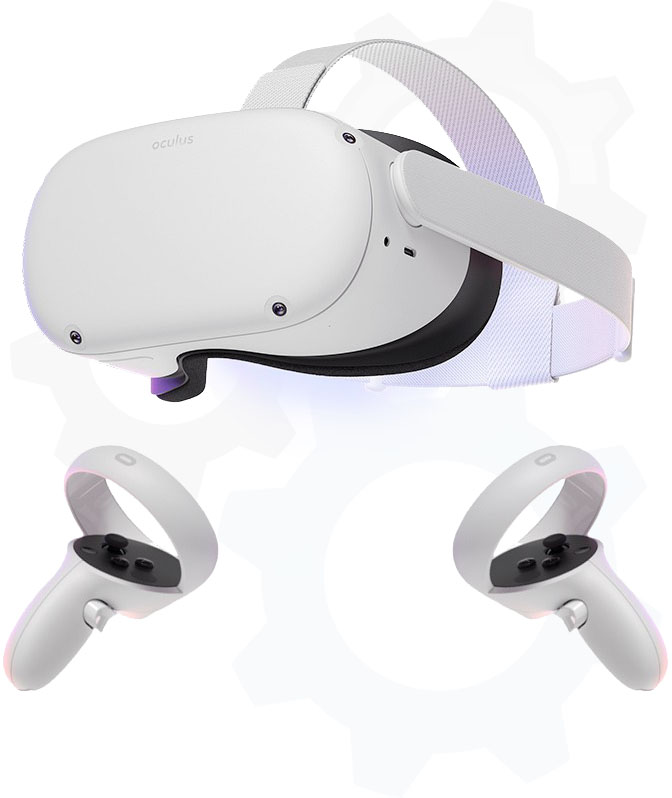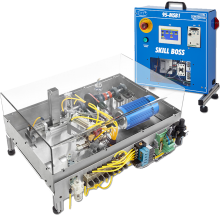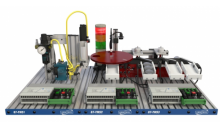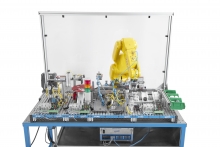Virtual Reality Workplace Safety Training
For Any Industry. Save time. Save money. Stay safe. Have fun.
Every individual should be trained with hands-on skills for basic workplace safety. With our Workplace Safety package, you get four modules that allow learners to put safety training into practice in a safe, virtual environment. Our packages contain a VR Headset with motion controllers, and the following modules
Workplace Safety
- AED: students learn how to use an Automated External Defibrillator (AED) to respond during cardiac arrest, extending the opportunity for successful resuscitation.
- CPR: students learn how to administer CPR (Cardiopulmonary Resuscitation) – an emergency lifesaving procedure performed when the heart stops beating.
- Fire Suppression: students learn general principles of fire extinguisher use and the hazards involved with incipient stage fire suppression using the PASS system.
- Virus Vision: students learn how to prevent the transmission of germs through the workplace through proper infection prevention protocols.
Modules Available Soon
- Stop the Bleed
- Hazwoper
... and more!
Full Suite of Training Products for Industrial Scenarios
Benefits of Virtual Reality Training
Including VR in your training courses may sound a little too far-fetched, especially if you’re new to it. Taking the leap from traditional training programs to immersive learning can be a big change for many educators. We are here to help you define your training goals, and find the best solutions to achieve them.
- Increases learner engagement
- Increases retention rate
- Helps learners gain proficiency faster
- Improves employee performance
- Reduces costs
- Allows learners to practice in a safe environment
Successful programs should combine classroom and hands-on instructional elements.
AED
Learn how to use an Automated External Defibrillator (AED) to respond during cardiac arrest, extending the opportunity for successful resuscitation.
Students learn and practice hands-on:
- Recognize sudden cardiac arrest and call for help
- Work closely with someone performing CPR
- Provide defibrillation with AED until help arrives
CPR
Learn how to administer CPR (Cardiopulmonary Resuscitation) – an emergency lifesaving procedure performed when the heart stops beating.
- Perform initial protocols and check for breathing
- Send someone for help and ask them to call 911
- Perform compressions with proper technique
Fire Suppression
OSHA requires that all employees be educated in the use of fire extinguishers every year, according to OSHA 29 CFR 1910.157(g). The statute states “the employer shall provide an educational program to familiarize employees with the general principles of fire extinguisher use and the hazards involved with incipient stage firefighting.
Students learn and practice hands-on:
- Seeing a fire
- Pulling a fire alarm
- Reaching for a fire extinguisher
- Pulling the pin
- Squeezing the trigger
- Using the PASS system (Pull, Aim, Squeeze, & Sweep)
- Maintain proper distance from the fire
- Know when to move away from a fire
- Check pressure gauges
- Refine their technique and retry if they fail
Virus Vision
Learn how to prevent the transmission of germs in the workplace through proper infection prevention protocols.
- Visualize transmission of germs via air and surfaces
- Recognize potential sources of infection transmission vectors
- Keep productivity losses low by preventing infections







